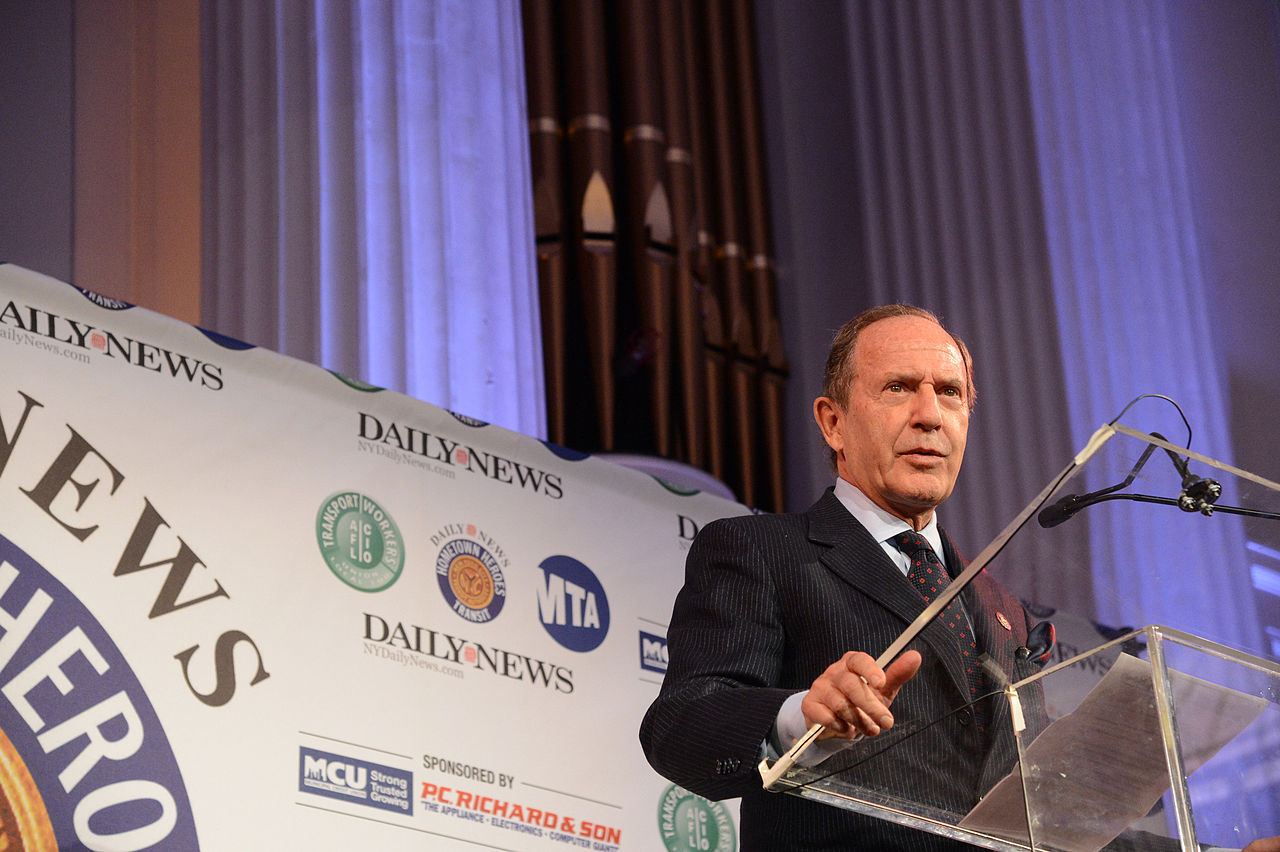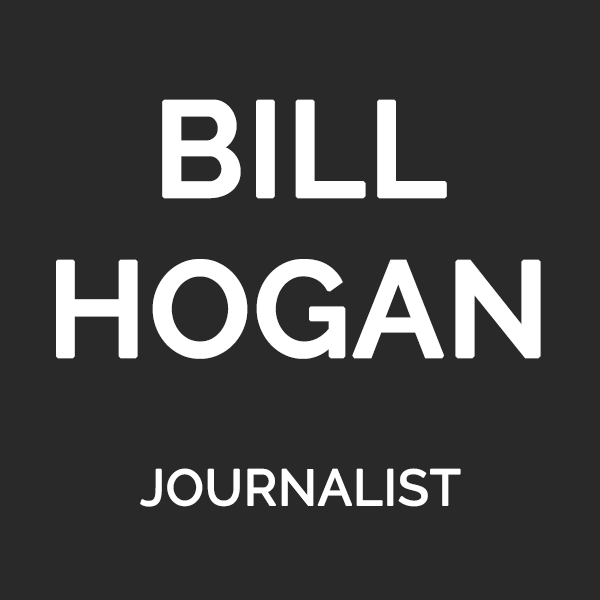
‘Dear Morgan Stanley’
Who wanted U.S. News & World Report?
Finalists in the competition were:
Mortimer B. Zuckerman. Many U.S. News employees considered Zuckerman, an ambitious Boston real-estate developer and publisher of the Atlantic, the odds-on favorite from the beginning because he was the company’s partner in its Washington, D.C., real estate venture. “He had his foot in the door,” one U.S. News editor says. “Anybody else buying into the thing would have had to do business with him.” His final price was $176.3 million — reduced from his original bid of $182.5 million — and subject to a vote of the shareholders.
Gruner & Jahr U.S.A. Known within U.S. News headquarters simply as “the Germans,” Gruner & Jahr is the American subsidiary of
Bertelsmann, which publishes the West German newsweekly Stern.
Family Media, Inc. The publisher of Ladies’ Home Journal reportedly made a late but strong entry in the bidding for U.S. News. Some of its financial backing reportedly came from the Times Mirror Co., which publishes the Los Angeles Times and, other well-respected newspapers.
Bernard Goldhirsh. Goldhirsh, chairman of the Boston-based United Marine Publishing Co., which publishes Inc. and High Technology magazines, likes to call himself a “magazine inventor. “
Gannett Co. Gannett’s chairman, Allen Neuharth, had been interested in acquiring U.S. News since 1979, but took his company out of the running in late May. “It started out with people saying, ‘God, not Gannett,’ ” says one U.S. News editor. “But late in the game, people were saying, ‘Gee, Gannett may not be so bad.’ “
Malcolm Forbes. The wealthy owner of Forbes magazine was clearly interested in U.S. News & World Report, but not in its real estate venture. “The real estate entanglement is not for us,” Forbes told reporters. (Rumors about Forbes accelerated sharply within U.S. News when he was reported to have been spotted in the magazine’s headquarters; in fact, “Forbes” was a casually dressed magazine consultant.)
Martin Peretz. In his effort to acquire U.S. News, Peretz, president and editor of the New Republic, teamed up with Wall Street arbitrageur Ivan F. Boesky. They dropped out of the running in late May, with Peretz citing the potential risks of a lawsuit filed in February against U.S. News by a group of former employees.
Hearst Corp. In 1979, officials of the Hearst Corp., a New York-based newspaper and magazine publisher, had talked with U.S. News chairman John Sweet and editor Marvin Stone about whether the magazine could be bought. The answer then was no.
Marshall S. Cogan and Stephen C. Swid. Cogan and Swid are co-chairmen of General Felt Industries, a New Jersey-based manufacturer of carpet cushion. The two New York investors made an unsuccessful attempt in 1983 to take over Sotheby Parke Bernet.
The “Mystery Bidder.” On December 14, 1983, it was announced that there had been an anonymous bid to purchase all of the company’s stock at what management called “a price significantly higher than the current appraised value.” On June 28, 1984, the Wall Street Journal identified the mystery bidder — representing an undisclosed group of investors — as Richard L. LePere, a Washington magazine consultant and former employee of U.S. News.
While the mere mention of Rupert Murdoch’s name sent waves of fear through the magazine’s ranks, he reportedly received a copy of the company’s prospectus from Morgan Stanley & Co. (the investment banking firm serving as consultant to U.S. News) but never submitted a formal offer.
Over the years, a wide range of individuals and companies approached U.S. News executives to ask whether the magazine was available for sale. According to documents filed by U.S. News in the lawsuit brought by former employees, John Sweet, while chairman of U.S. News, received telephone inquiries from representatives of the Los Angeles Times; the Chicago Tribune; Financial World magazine; Amway Corp., the cleaning-products company that bought Mutual Broadcasting in 1977; and from Joseph Allbritton, who sold the now-defunct Washington Star to Time Inc.
The same documents disclose that at least ten other parties sounded out, in meetings with U.S. News executives, the possibility of acquiring the company: Henry O. Dormann, former chairman of the National Enquirer and now president and editor-in-chief of Leaders magazine, in 1976; Hearst, Gannett, and the Reader’s Digest Association in 1979; Charter Publishing, Capital Cities Communications, and Marshall S. Cogan in 1980; Gruner & Jahr in 1981; and Hachette in 1982.
Main Story: Pain and Profit at U.S. News
This article originally appeared in the September 1984 issue of Washington Journalism Review.
